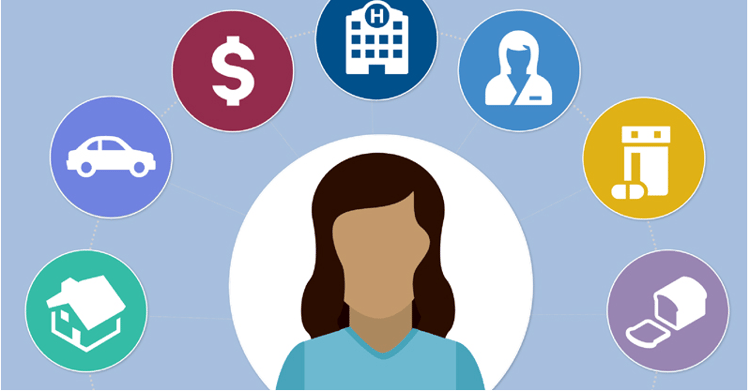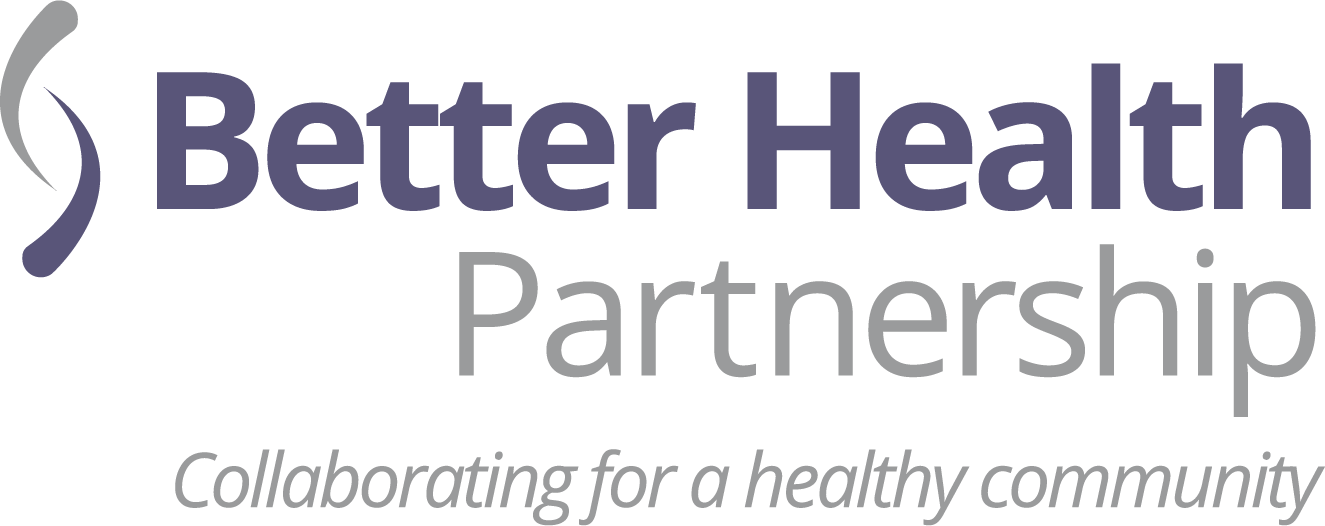Persistent poor health and health inequities exist due to a system of intertwined causes and the complexities of social determinants of health (SDOH)– the barriers that prevent many individuals from reaching their fullest potential to be healthy and thrive. County Health Rankings represent the focus areas that drive how long and how well we live, including health behaviors (tobacco use, diet & exercise, alcohol & drug use, sexual activity), clinical care, social and economic factors (education, employment, income, community safety), and the physical environment (air & water quality, housing). Social and economic opportunities, such as good schools, stable jobs, and strong social networks are foundational to achieving long and healthy lives. Across the nation, there are meaningful differences in social and economic opportunities for residents in communities that have been cut off from investments or have experienced discrimination. These gaps in opportunities disproportionately affect people of color—especially children and youth. Limited access to opportunities creates disparities in health, impacting how well and how long we live.

It is because of these persistent health inequities that Better Health Partnership embarked on taking its' potential for collective impact to new levels and joined clinical and community partners to address social determinants of health at a system level. We believe the expansion of our work to strengthen linkages between clinical care and other sectors, will move us well beyond the estimated 20% impact on health that health care alone provides. Our current SDOH interventions include the Clinic to Community Linkages Referral System and the Better Health Pathways HUB. We seek to find and share best practices not only within and across healthcare systems, but also at the intersections of healthcare delivery, education, and other community service providers to improve outcomes.

